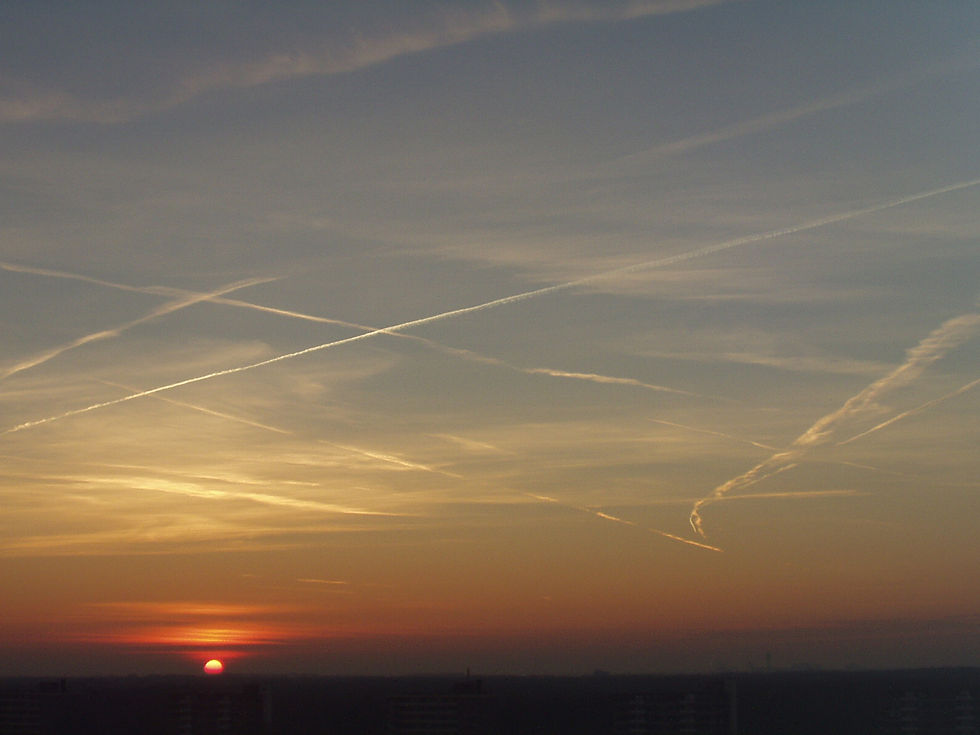Low water in the Panama Canal and Mexico. Wildfires in Canada.
- Art Dam
- May 14, 2023
- 2 min read
Updated: Oct 25, 2023
Yesterday we posted about the water situation in Europe, a scientific study and governments dealing with current and future scarcity.
On the other side of the Atlantic, similar issues related to dry seasons.
In Centra America, the Panamanian Canal Authority (ACP) was forced to reduce shipping traffic due to water levels drop in the two artificial lakes Alajuela and Gatun that supply the Panama Canal. Rainwater is the source of the reserves, around 200 million litres of water to flow down a series of tiered locks into the sea in order for each ship to pass through. Shortages also provoked a number of protests. Experts warn that it could cause water conflicts between the canal and local populations. According to an article from Euronews , "Around six per cent of all global maritime shipping passes through the canal, mostly from the United States, China and Japan."
In Mexico, an attempt to seed clouds to make rain, although scientists aren’t sure it works. The idea behind cloud-seeding is to disperse particles — usually crystalline silver iodide — into clouds. Because the particles have a crystal structure similar to ice, they attract water droplets to nucleate around them; eventually the droplets become heavy enough to fall as or snow. But there is no consensus about that. Organizations are advising "against implementing cloud-seeding projects without completing tasks such as a cost–benefit analysis, a verification of the technology’s success in increasing rainfall and studies to evaluate the environmental impacts of silver iodide." Click here for a Nature article analyzing the situation . Mexico is experiencing its second-worst drought in a decade, and farmers are afraid for their crops and livestock and are asking the government to ‘bomb’ the clouds. Mexico is also discussing more investments in desalinating water and in water-saving irrigation systems.
And in Canada, more than 100 wildland fires raged in early May, forcing tens of thousands of people in Alberta and British Columbia to evacuate. The fires destroyed homes and produced chimneys of smoke reaching altitudes of about 12 kilometers, according to NASA's Earth Observatory . Early May is typically the start of the wildland fire season in Alberta, as snowmelt uncovers dead vegetation that can become fuel for fires. This year, an unusually hot and dry spring made it easier for fires to start. Click here for the news release issued by the government of Alberta, Canada. #water


